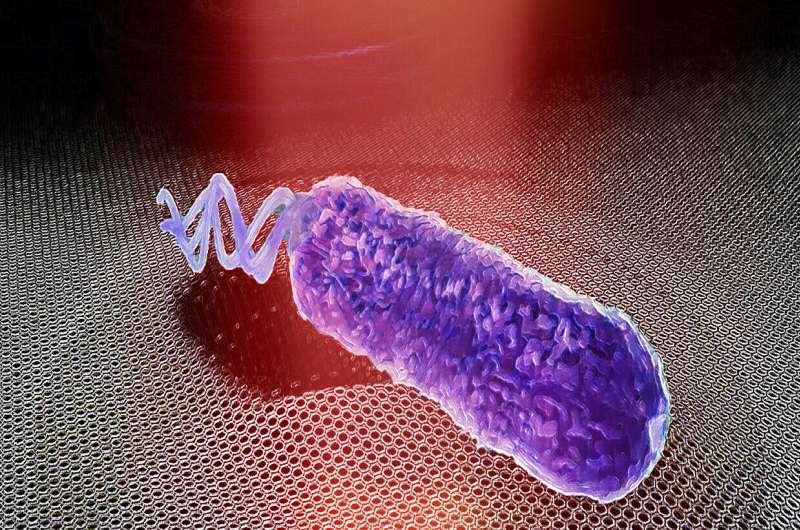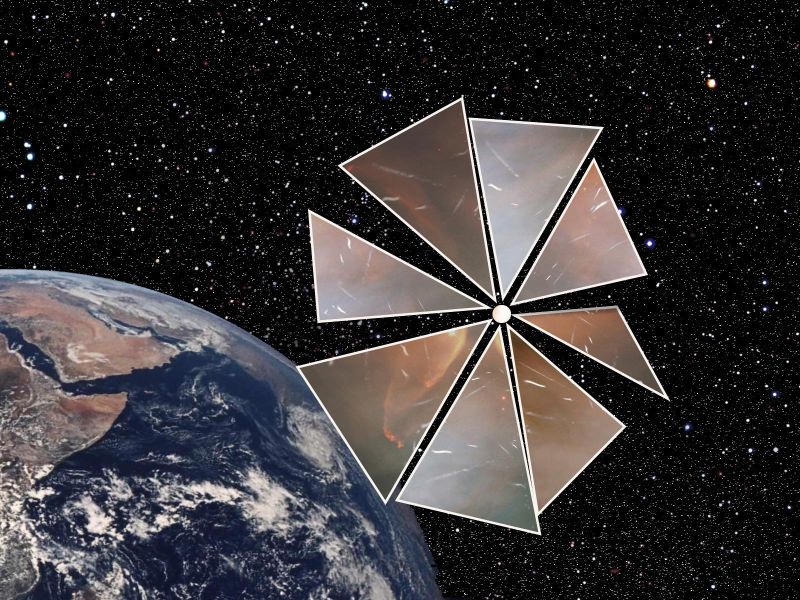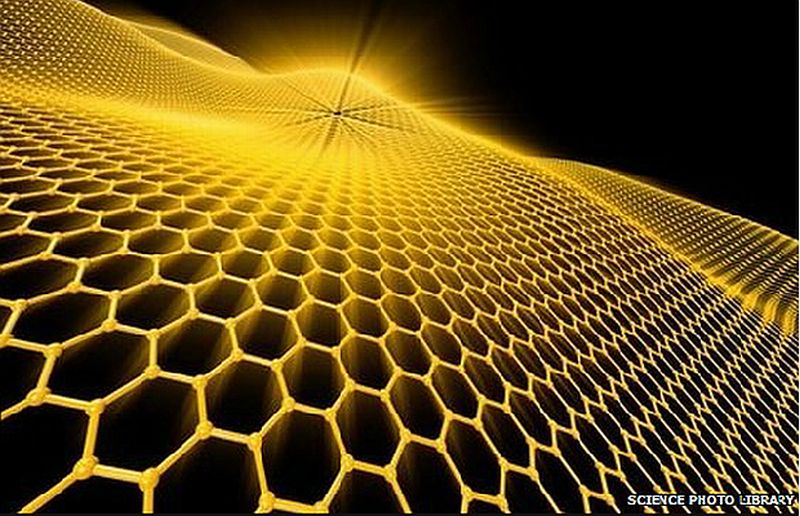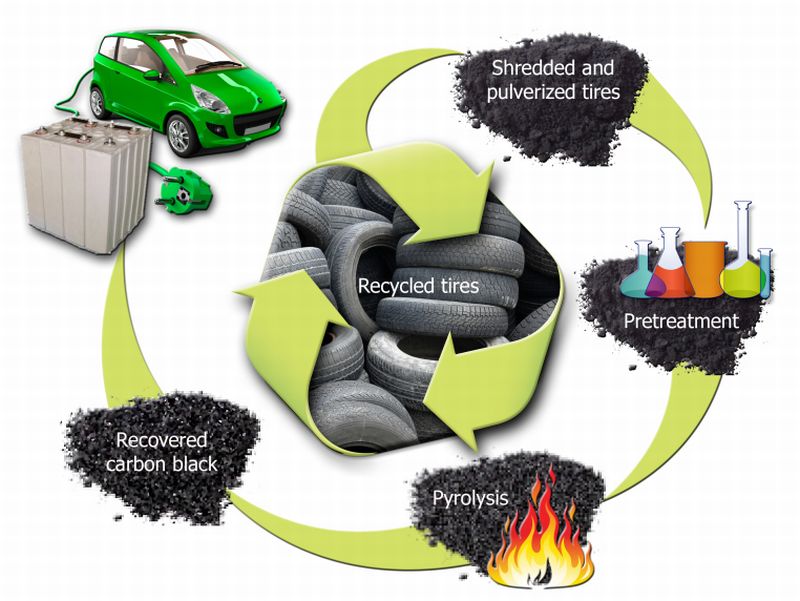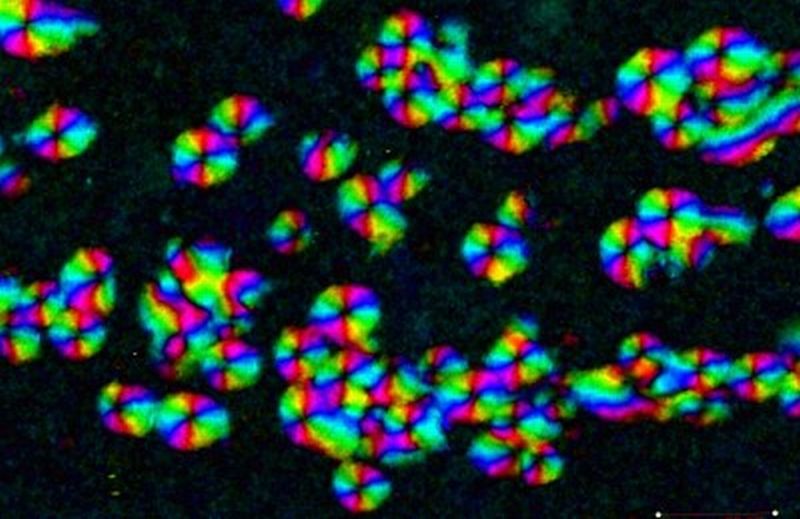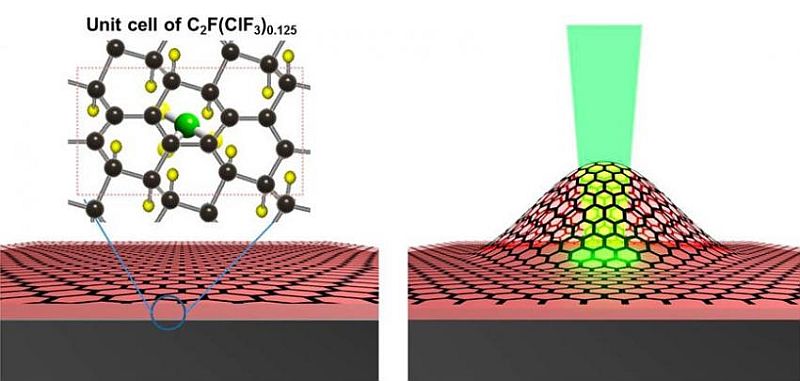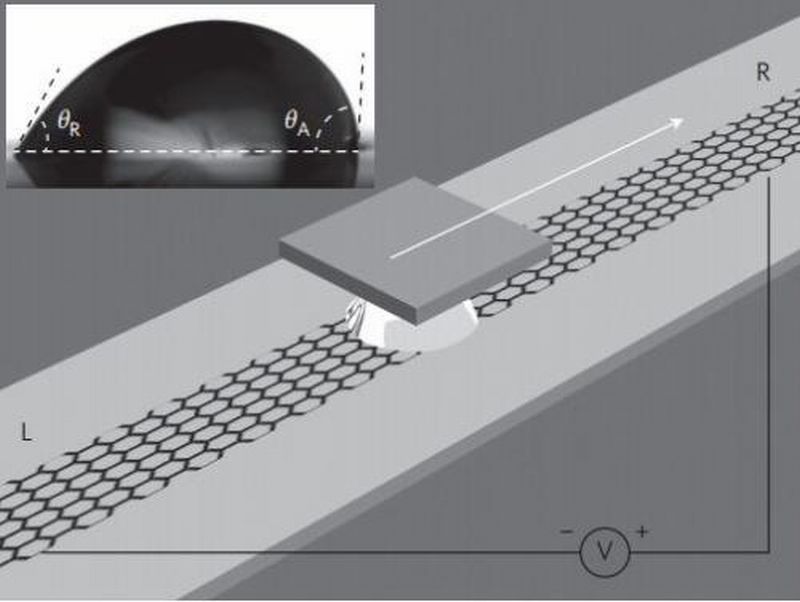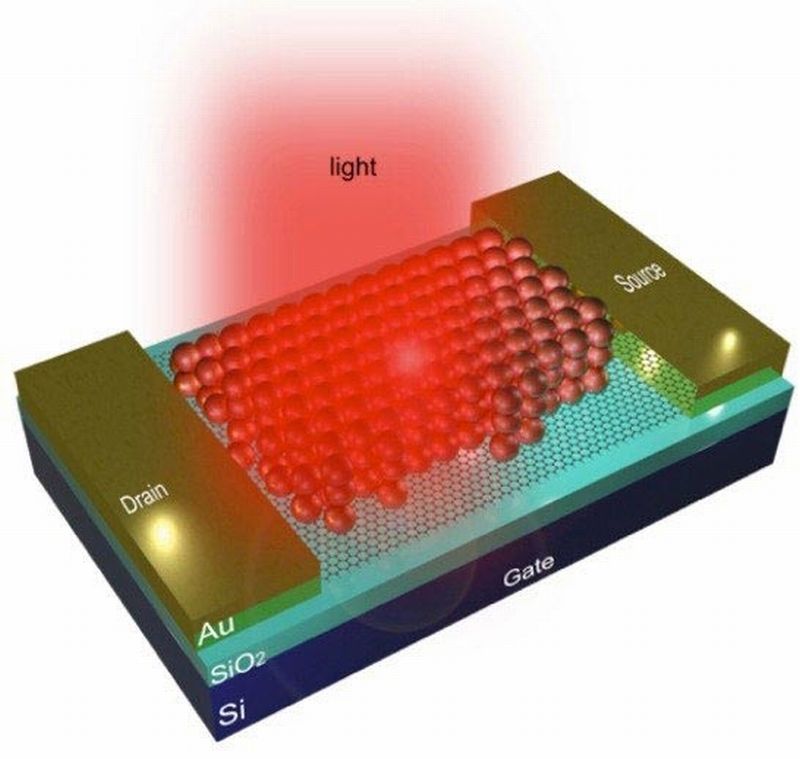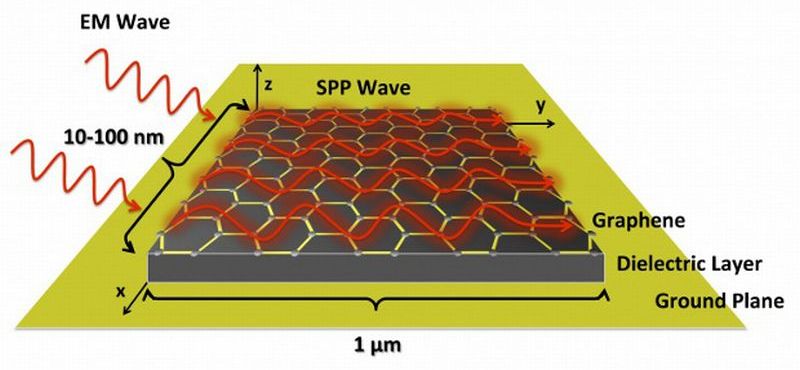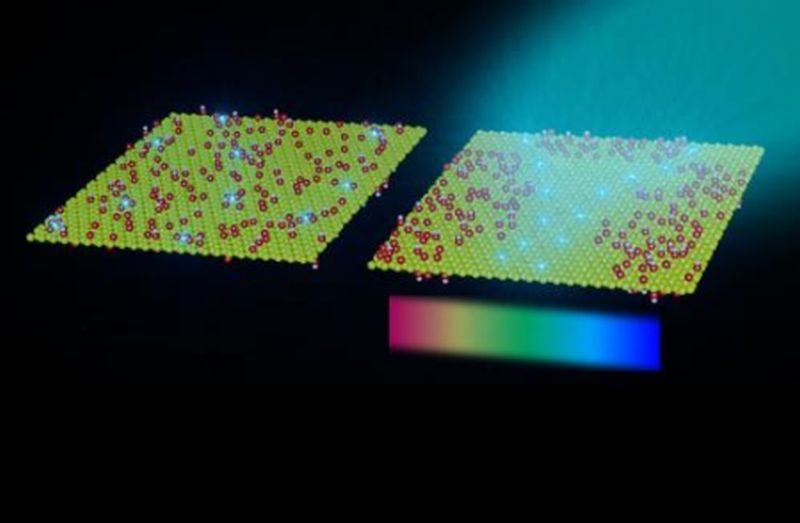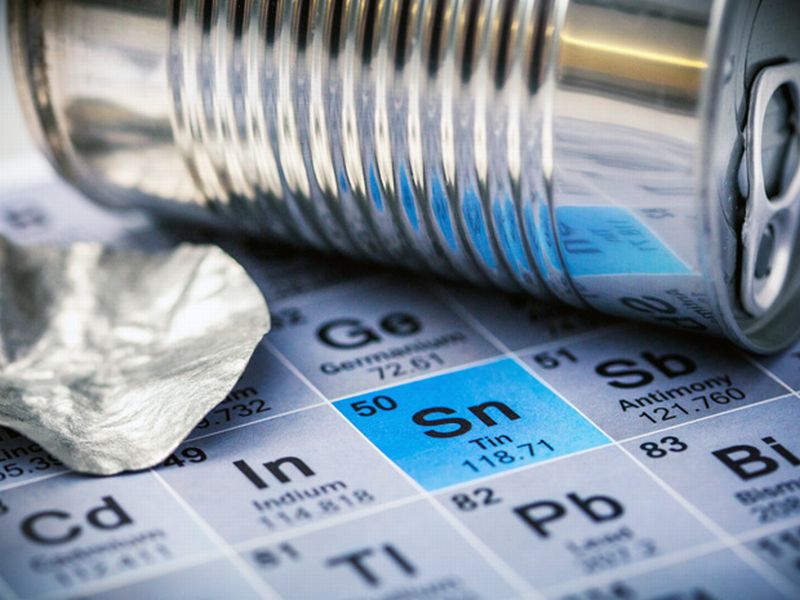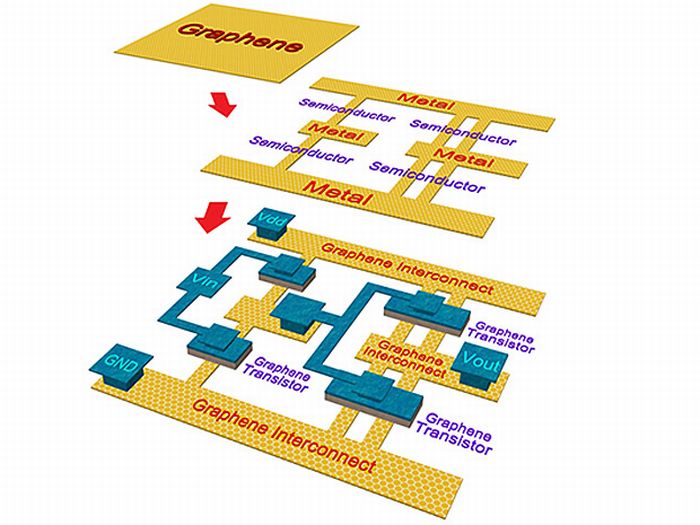Anything that vibrates, creates sound. This implies, microbes too must emit noise. Does this mean, we can also hear disease? Pathogenic bacteria mixed with other healthy microbe bacteria might sound in a certain way. So, if this technology is used for diagnostic purposes, we could we hear disease!
Read MoreTag: graphene
Rain Drops Powered Solar Panels: Electric Rain
Over the years, advancement in technology has helped in harvesting sun’s energy to maximum potential using solar panels. A recent development takes solar technology to the next level, here, the technology will not only help in generating electricity during rainfalls but also when the sky is covered with clouds. Thus, rain and sun both can trigger the innovative solar cell design.
Read MoreRocket that doesn’t require any Fuel: Graphene-powered Spacecraft
Amongst all the amazing properties of graphene, morphing light into action is best of all. Serendipitous discovery of the material had surfaced its remarkable properties like robustness along with high electric and head conduction in flat structure. Yongsheng Chen at Nankai University in Tianjin, China along with his team has been working on to see if the same effect could also be seen on the bigger lattice arrangements of carbon.
Read MoreGraphene-based Light Bulbs hitting stores soon: A new era of LED Technology
LED light technology has again hit the spotlight but this time it is due to the wonder material, graphene. Consumers would soon be using graphene-based light bulbs. It is assumed that the dimmable bulb would help in reducing energy costs by ten percent and might come with a longer shelf life relatively. Although, it is expected that the cost might remain the same as is the conventional LED.
Read MoreWaste Tire Rubber to replace Graphite Anodes: Battery Technology
Shredded scrap car tires have already find their way by means of recycling into the field of construction, floor mats, shoe soles and rubberized asphalt road material. Now, they would be morphing into another innovative role by becoming an integral part of hybrid and electric cars. Researchers at the Oak Ridge National Laboratory are trying to resurrect life from the discarded used tires in form of carbon material that would be used for lithium-ion battery anodes. Conventionally graphite, a natural carbon material, is the basic building block for lithium anodes.
Read MoreGraphene Sheet morphs into Droplets: A Serendipitous Discovery
Graphene does not stop surprising researchers with its limitations when it comes to application in fields like electronics, energy storage and energy generation. The list does not end here, now the wonder material looks promising in domain of medical sciences as well. During routine tests, Monash University’s researchers discovered that sheets of graphene oxide morph into liquid crystal droplets on its own accord. With its new avatar, the graphene droplets have find a promising place in delivery of drugs and disease detection, claimed the researchers.
Read MoreGraphene Ushering the League of Viable Engine for Nanodevices: Lattice Mimics two-stroke Engine
Graphene is one of those rare gifts of nanotechnology that is still not unwrapped fully. Not long ago, we discovered that how sliding water over graphene generated electricity. Every time, researchers conduct an experiment, the lattice of carbon atoms pops up with different surprise. Lately, such revelation has brought to the fore by researchers at National University, Singapore. They have morphed a single layer of graphene along with certain amount of chlorine and fluorine atoms to create a two-stroke combustion engine. Similar mechanism although at a macro-scale is used for…
Read MoreSliding Saltwater Over Graphene Generates Electricity
Call it serendipity or chance, a group of researchers at Nanjing University of Aeronautics and Astronautics in China while conducting an experiment of creating voltage by plunging carbon nanotubes in a flowing liquid hit upon a discovery of generating electricity by dragging saltwater over a piece of graphene. Traditional Techniques Conventionally, producing electricity via graphene has always been an expensive task plus its unique electrical properties have required for immense work from the end of researchers.
Read MoreGraphene Photodetectors Will Now Offer Thermal Vision
By harvesting the optical capabilities of graphene, researchers at the University of Michigan were able to create infrared contact lens morphed out of the carbon material. Graphene is merely 1-atom thick that makes its absorb nearly 2.3% of light that strikes it, which of course is extremely less especially for generating an electric potential and hence makes it far away from operating as an infrared sensor. Therefore, the researchers devised an innovative technique to resolve this issue. In place of gauging lost electrons by incoming light, they augmented the current…
Read MoreGraphene Morphs From Hydrophobic To Hydrophilic
Graphene is taking the role of Zeus in the fraternity of materials. Its astounding properties come to the fore every time researchers try to do something new with it. Interestingly this time, the material has shown its ‘romantic inclination’ towards water. Its hydrophobic nature allows graphene to repel water however, narrow capillaries fabricated from the material reverses the nature of the same material, turning it into hydrophilic. Rapid permeation occurs when the layer of water molecule is of same dimension as that of graphene itself, that is, one atomic thickness.
Read MoreGraphene Sandwich Results In Higher Resolution Images Of Biomolecules
Biomolecule when sandwiched between sheets of graphene results in a high resolution of atomic level images of the molecule, a rare research put forth by the researchers at the University of Illinois, Chicago. The molecule called ferritin, an iron-storage protein, was imaged in the research. Prior to this method, imaging of any Biomolecule was taken of course with an electron microscope along with a liquid stage container that is placed between thick windows of silicon nitrate to protect the sample from vacuum. Graphene’s superior transparency becomes instrumental in providing an…
Read MoreBeginning Of A New Communication Paradigm For Graphene
Graphene, I am sure, is one of the most sought after materials for researchers across the world today. Just two months back we shed light on how graphene will be replacing silicon in the chips creating revolution in the field of semiconductors and then we talked about the new annealing treatment that might take graphene to the next level. Still curious for more, researchers at the Georgia Institute of Technology claim that they have devised a mechanism through which they can extent the capability of nanoscale antennas fabricated from graphene…
Read MoreNew Annealing Treatment Might Take Graphene To The Next Level
Graphene wafers are the subject of interest for the researchers at MIT and the University of California at Berkeley these days. The 2-dimensional, crystaline allotrope of carbon has huge potential across applications like solar cells, thermoelectric devices and water filtration to name a few but the expensive treatment is becoming a major huddle in its advancement. Therefore, to bring about the material’s versatility the team has put forth a solution, which they claim is inexpensive relatively. Pure graphene does not qualify for any electronic devices but the scenario changes with…
Read MoreStanene Could be The New Building Block For Circuit Structures
Topological insulators by default mean heavy and electron-rich elements however, recent research at sub atomic levels are changing this age-old fact. Researchers have been fascinated with this evolved class of material. According to Wikipedia, A topological insulator is a material with time reversal symmetry and trivial topological order, that behaves as an insulator in its interior but whose surface contains conducting states, meaning that electrons can only move along the surface of the material.
Read MoreSemiconductors: Graphene Will Be Replacing Silicon In The Chips
Researchers at the International Technology Roadmap for Semiconductors (ITRS) envision that copper-based relay points in silicon chips would very soon become obsolete. All types of interconnections employed in integrated circuits (ICs) will also cover this redundancy. Graphene, as per scientists, will be the next frontier in computing. Traditional silicon-based transistors and metal interconnects were using materials, which were bulky in the sense that it was affecting the feature-sizes and contact resistance problem. So in order to address this issue, researchers in electrical and computer engineering at the University of California,…
Read More
